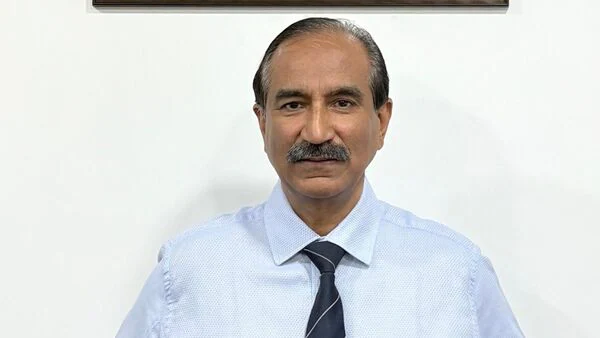Shady Operators Are A Big Threat To Indian Single Malt: Indian Malt Whisky Association Chief
In this interview, Major General (Dr) Rajesh Chopra explains why standards matter and what India can learn from the Scots.
What has prompted the creation of IMWA?The raison d'être was to protect, preserve, and promote Indian single malt. There are other bodies already, but we wanted an exclusive association for single malt: to protect identity, preserve quality, and promote authenticity, both domestically and internationally.
We have modelled IMWA on the likes of the Scotch Whisky Association, taken the best practices, and applied them to India. There are many fly-by-night operators who do not follow internationally acclaimed norms. We have established strict guidelines and standards, secured our certification trademark, and applied for a GI tag. The aim is to combat misrepresentation and professionalise the industry. We are also building partnerships with government authorities, opinion leaders and stakeholders, because awareness is low. If you ask people the definition of a single malt, many confuse it with vatted malt or blended malt.
How serious is the“fly-by-night” problem?It is huge. Right now, there are no laid-down norms on maturation age or what constitutes a single malt. So it is a grey area. People can add 2% Scotch and call it blended Scotch. Nobody sees the label - they just say, 'Oh, I am having Scotch'. Some players say one year of maturation in tropical India is equivalent to three years in Scotland. Others outsource maturation and bottling, but still call the product single malt. The labels are very ambiguous, to say the least. There is nothing that legally stops them today. That is why we are pressing for a GI tag and stronger definitions with the Food Safety and Standards Authority of India (FSSAI). Without it, genuine players who invest heavily in infrastructure and ethics are undercut. With a GI tag, we can challenge infringers in court. It gives statutory force. It also strengthens exports. A GI tag will place us alongside Scotch, Irish and Japanese.
Also Read | The frisky business of Indian whisky How have producers responded?The four top manufacturers are founding members - Radico, Amrut, Paul John and Piccadilly - and two more are joining us: Diageo and Alcobrew. They want internationally recognised standards, because in the long run, it affects revenues.
If you invest in the correct method and ethics, you don't want someone claiming shortcuts like“six months is equal to three years.” We have laid down very strict norms. Unless players meet them, we will not accept them as members.
What can IMWA learn from the Scots?A lot. I visited the Scotch Whisky Research Institute (SWRI) in Edinburgh, which is funded by whisky producers in Scotland. They had tested our single malts in their laboratories and were very impressed. But the key difference is that they have built a database of Scotch specifications over decades. They know exactly how Scotch should look and taste at every stage. Right now, we do not have a collaboration or a lab like the SWRI. What we do have are NABL-accredited labs, and we've put our own certification and audit protocols in place. If needed, I can always delegate a committee to carry out verification under these protocols. But to really enforce standards the way it's done internationally, we will eventually need a dedicated lab in India-NABL-accredited-and over time, build a robust database around it.
Also Read | How Indian Single Malts Conquered The World | Luxury Lounge Episode 1 How are you promoting Indian single malts globally?We are participating in international events collectively under the IMWA banner, starting with Dubai in February 2026. Members will showcase their products together to present a unified voice. Those outside IMWA can still participate, but not under our banner. We are also in touch with international associations - Scotch, Irish, Japanese - to share best practices and collaborate.
Legal Disclaimer:
MENAFN provides the
information “as is” without warranty of any kind. We do not accept
any responsibility or liability for the accuracy, content, images,
videos, licenses, completeness, legality, or reliability of the information
contained in this article. If you have any complaints or copyright
issues related to this article, kindly contact the provider above.
Most popular stories
Market Research

- Alt.Town Introduces $TOWN Token Utility Across Platform Services And Launches Valuefi Deposit Event
- BTCC Exchange Maintains 143% Total Reserve Ratio In September 2025 Demonstrating Continued Financial Strength
- Salvium Solves The Privacy Paradox: Salvium One Delivers Mica-Compliant Privacy That Exchanges Can List
- Zebu Live 2025 Welcomes Coinbase, Solana, And Other Leaders Together For UK's Biggest Web3 Summit
- Tapbit At TOKEN2049: Reshaping The Crypto Landscape Through Product Innovation
- Thrivestate Launches“Fly Before You Buy” Program, Enabling International Buyers To Explore Dubai Before Committing






















Comments
No comment